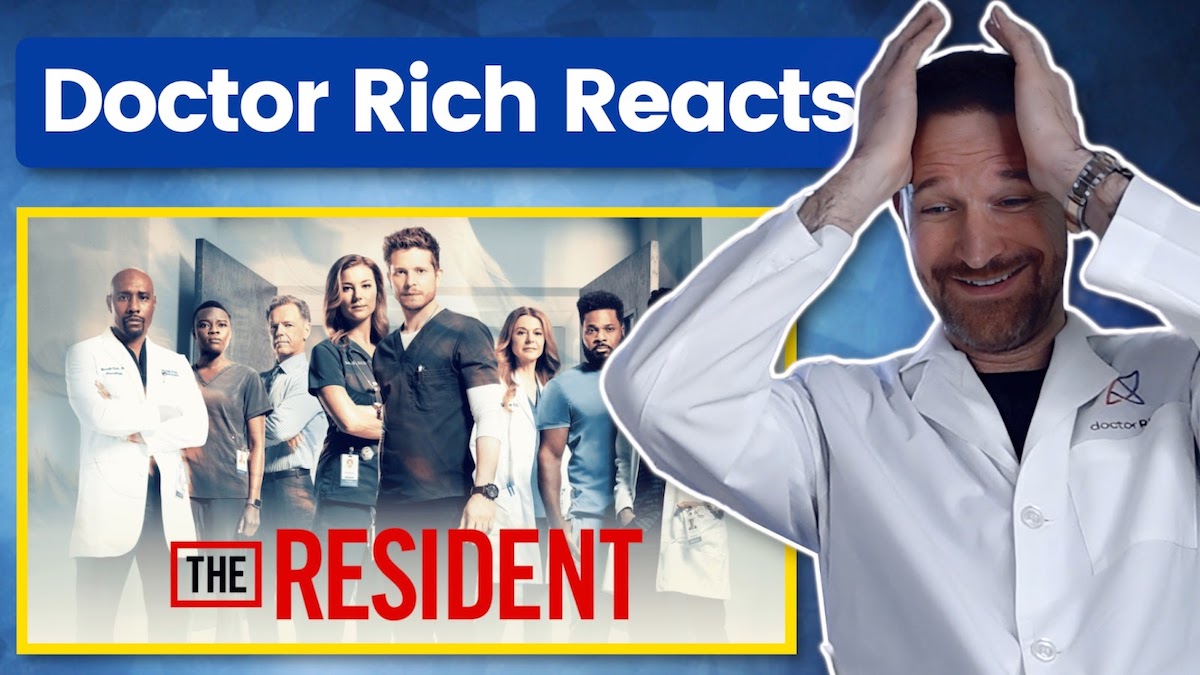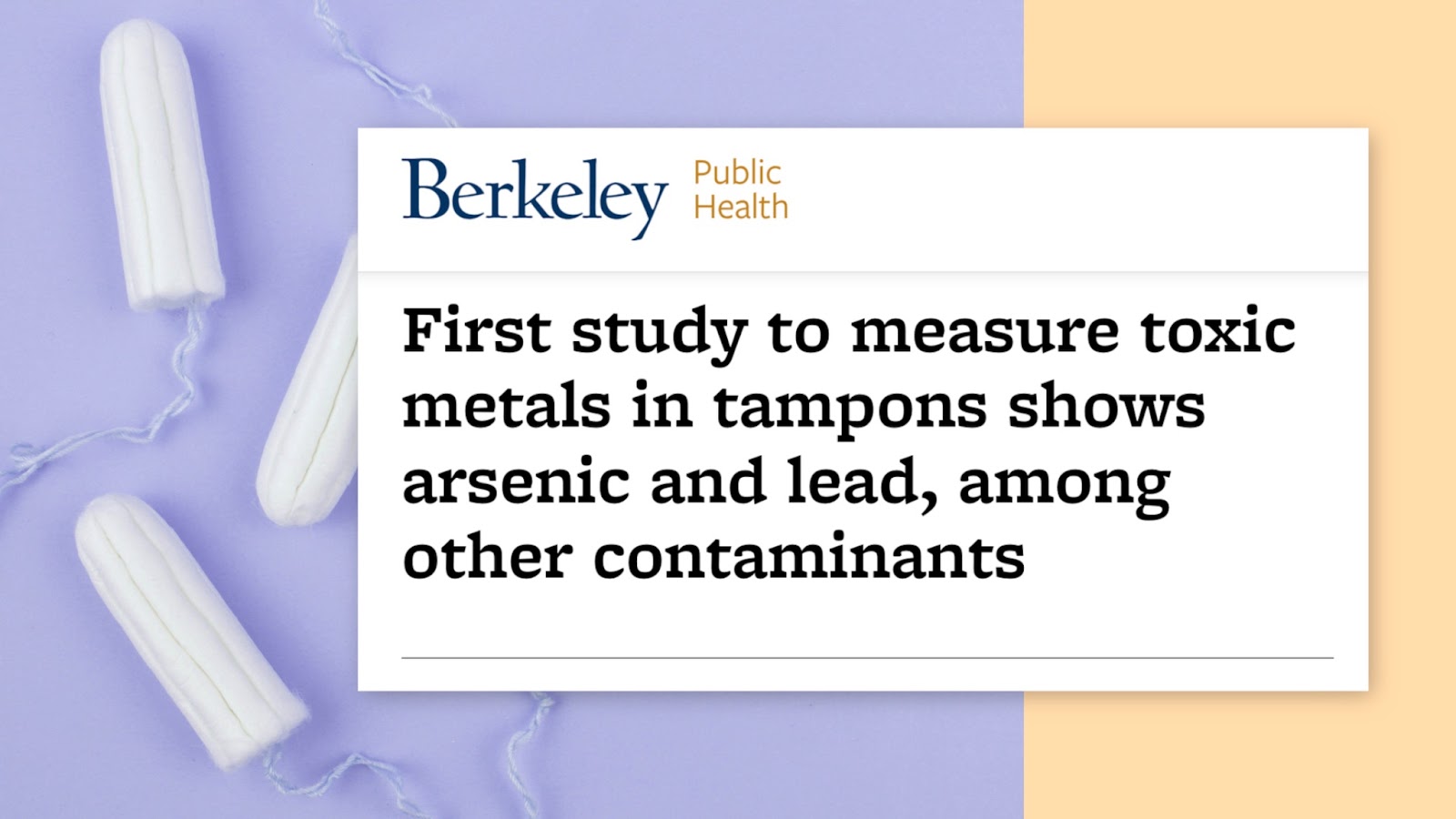Hi, welcome back to the Doctor Rich Channel! Today we’re going to talk about a very important topic: Are your tampons killing you? So there’s a substance called PFAS (per- or polyfluoroalkyl substances). This is part of a bigger problem. These are man-made chemicals that are produced in the manufacturing industry and certain cosmetic products that end up in drinking water, in food supplies — and they actually end up in tampons. These particles are also known as “forever chemicals” — so named because once they get into your body, their half life can be four and five years (and they can stick around for up to decades). They’ve been linked to high cholesterol, birth defects, and certain types of cancer. Watch this video to learn how to avoid exposure to these chemicals.
Don’t have time to read this post? Watch the video here instead!
PFAS (or polyfluoroalkyl substances) are a family of over 12,000 different types of man-made chemicals. The most common are perfluorooctanesulfonic acid and perfluorooctanoic acid (or PFOA).
These chemicals were developed in the 1940s and are used in a wide range of manufacturing, from non-stick pans to a coating that makes textiles more durable. They make food packaging grease-resistant, and they make paper stock and cardboard stronger. These chemicals bind proteins and accumulate in the blood — but also in the brain, liver, and kidney. These chemicals have very little metabolism and are only excreted in the urine but can last in the body for decades. In a recent study commissioned by a consumer advocacy group, 48% of sanitary pads had these chemicals, 22% of tampons, and 65% of period underwear. In some circumstances, the manufacturer unwittingly has these chemicals in their products because they were already present when they purchased the raw materials. In other circumstances, they’re actually added during the processing — and some of these manufacturers go so far as to claim their products are organic and natural!
In fact, recently the period underwear company Thinx™ settled a class action lawsuit involving these very chemicals in their products. What other sneaky things are added to feminine hygiene products such as tampons?
You should be skeptical of any product that has an added fragrance. And the primary reason is these added fragrances often cause skin irritation, allergies, and in some cases have been linked to cancer. And these fragrances aren’t just in pads and tampons — they’re in feminine washes, wipes, deodorants, and even anti-itch creams. And the big challenge is that most of these companies have fragrances that are labeled as proprietary, and they’re not even required to disclose the chemicals (or multiple chemicals) that are added to each of these products. I get it. The idea of having a product with a fragrance sounds attractive, but most of the patients that come to our office with an itch or a rash, the very first thing we do is we have them eliminate all the products that they’re using that have fragrances added.
PFAS substances are part of a larger group of environmental manmade chemicals that are known as endocrine disruptors. This means that they affect the levels of hormones in our body (such as estrogen, testosterone, progesterone) or affect the binding and signaling of those hormones within our body.
So other than PFAS, another endocrine disruptor, dioxin, has also been found in tampons — although usually dioxin is found in personal care products and bleached paper products such as napkins, tissues, diapers… Because of its endocrine-disrupting capabilities (although there’s no definitive evidence), dioxin has been proposed to increase the risk of PCOS and endometriosis.
Pesticides can also be found in tampons, as those are commonly used for harvesting the cotton that’s used in this product if it’s not organic, pesticide-free cotton. And pesticides have been associated with infertility and neurologic problems. And why are tampons of greater concern than other products?
Well, for many other personal care products, you have very transient temporary exposure to these items. The tampon is left in place for a long period of time, in a very vascular cavity inside the vagina — where there’s a high risk of absorption of even trace amounts of these chemical disruptors.
So what are your risks and what can you do about it? The National Academy of Sciences Committee reviewed all the evidence, and they found a link between PFAS and high cholesterol, kidney cancer, decreased immune response, and decreased infant and fetal growth. There’s also limited evidence that PFAS may increase the risk of breast cancer and testicular cancer, as well as thyroid and liver abnormalities, pregnancy-induced hypertension, and ulcerative colitis. For blood concentrations of less than two nanograms per milliliter, there have not been any demonstrated adverse effects. There is no way to enhance excretion. So the number one method of managing this is to avoid exposure.
So high-risk individuals are firefighters, individuals who have identified contaminated water or food sources, or people who live near a manufacturing plant that’s been identified as having contamination. Otherwise, you don’t need to get tested.
But here’s what you can do to minimize your exposure: You must advocate for products that are safe to go on and in your body. Companies such as Seventh Generation™ and NatraCare™ have pads and tampons that are unbleached and organic. Other natural alternatives without added chemicals: silicon and natural rubber cups such as Diva Cup™ and The Keeper™. These products not only promote a healthier body but also a healthier planet.
To summarize, the PFAS and endocrine disruptors are all around us in the environment. There’s no way to enhance excretion once they’re in our body. Although toxicity is rare, the primary strategy to prevent that is to minimize exposure. We must be informed about what the products we use contain.
Women have a right to use feminine care products that don’t jeopardize their health. And it’s crucial to make informed decisions and advocate for the safest possible product. It’s crucial to make informed decisions and advocate for safer products. Some feminine hygiene products may be dangerous, but that subscribe button is safe! Share this video.




